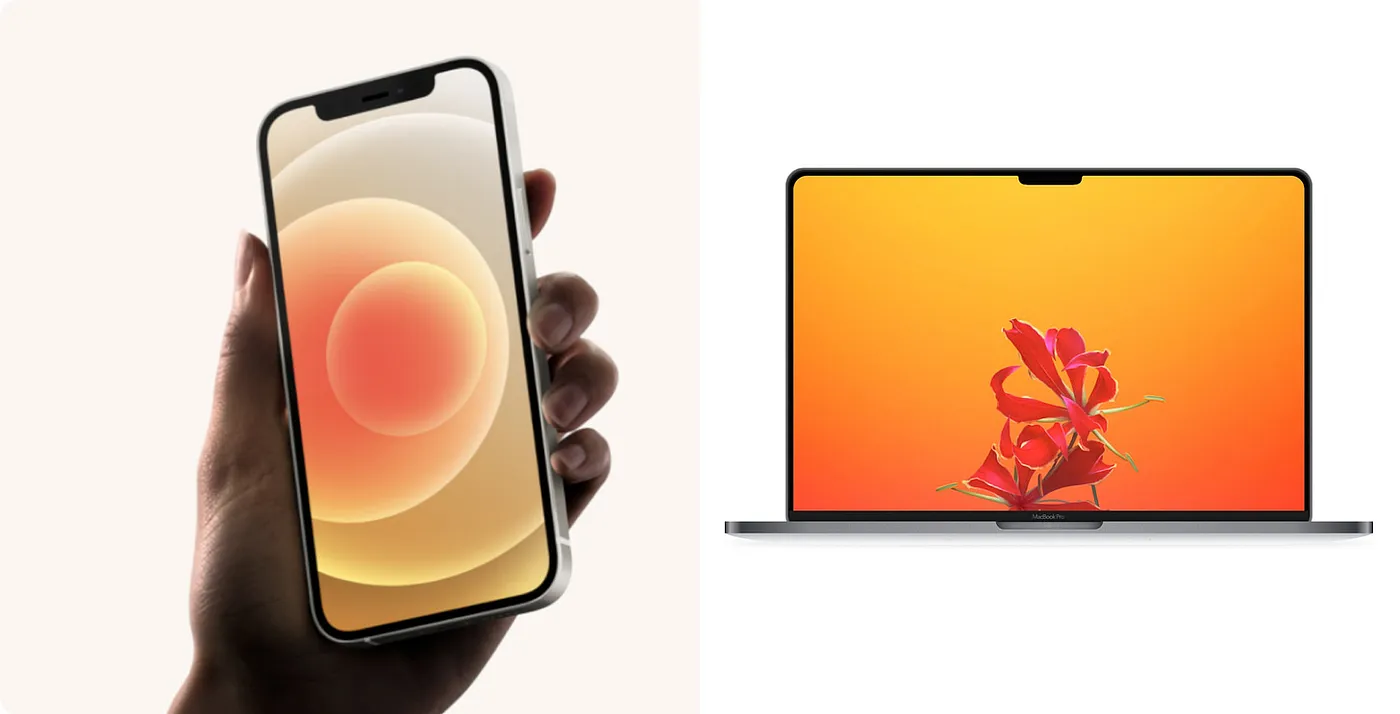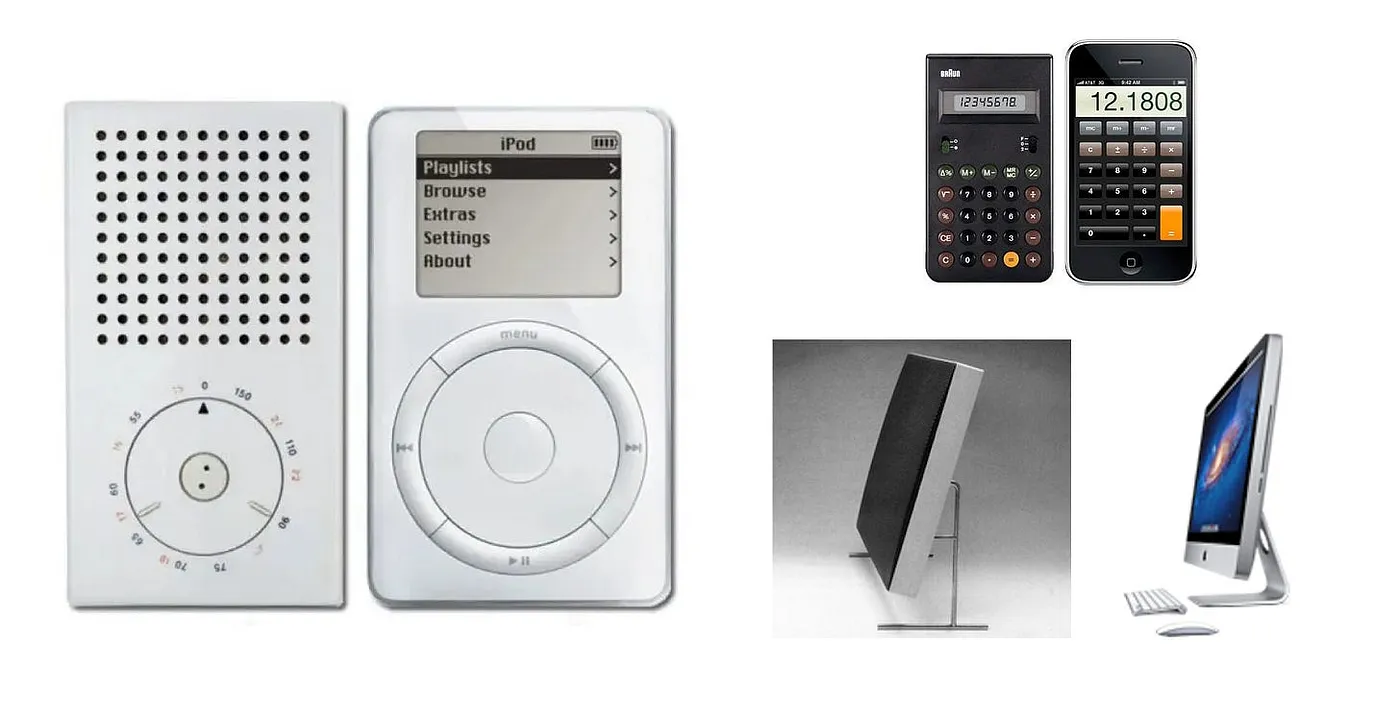Understanding Iconic Design
Originally posted on Substack on October 31, 2021
In the late 1960s, a McDonald’s franchise location in the greater Pittsburgh area invented a burger that would change the course of the company. Jim Delligatti, owner of the McDonald’s on McKnight Road in the suburban Ross Township, created a hamburger with two beef patties. This wasn’t any ordinary double hamburger. Between the patties was a third hamburger sesame seed bun. The burger was so well received that McDonald’s needed to come up with a name for it. Of the three attempts, the first was The Aristocrat Burger, which was too hard for people to pronounce. The second was the Blue Ribbon Burger, easier to pronounce but not very memorable. The third time was a charm…the Big Mac. The name was invented by Esther Glickstein, who was a secretary at the corporate office.

“Two all-beef patties, special sauce, lettuce, cheese, pickles, onions — on a sesame seed bun.”
The Big Mac is one of the best examples of iconic design, with the third bun being the symbol of the flagship sandwich at McDonald’s. Fast forward to 1998, a British industrial designer named Jonathan Ive pitched a new computer design to Steve Jobs, who recently returned to Apple after being fired from the company he started. The man known as Jony introduced an all-in-one computer for the desktop called the iMac. As part of its industrial design decision, the iMac contained a surface area that looked like a chin of a face. In 2021, now without Jobs or Ive, Apple launched its new iMac with the powerful M1 chip. With hardware being smaller and easier to build, people questioned why Apple decided to leave the chin as part of the design. Whether you like it or not, the chin is iconic to the iMac’s design language, and it’s here to stay.

So what does it mean to be an iconic design? Is it something you can simply slap on your designs and deem iconic? No, it has to be earned, and what you create may not be iconic at the time. When I think about iconic design, it comes down to three elements: recognizable, influential, and memorable.
Iconic design is recognizable
If you remove the middle bun of the Big Mac, you get a double cheeseburger. If you remove the chin from the iMac, it’s an all-in-one desktop computer. Recognizable does not necessarily mean practical or functional. Iconic design might be a brand awareness decision over a product design decision. Apple recently launched new MacBook Pros that included the notch from the iPhone design language.

Whether you like it or not, it’s recognizable. Seeing the notch lets people know you have the latest and greatest MacBook Pro, not one of those crappy ones from a year ago that is still extremely functional and useful. That design choice is intentional. If you had bet on what the next iPads will look like, do you think it will have a notch?
If I asked, “name the most famous person with a mole” who would you say? The chances are you’d answer Cindy Crawford. In an interview, the legendary supermodel from the 90s talked a lot about the pressure she had to have the mole surgically removed. She hated it as a kid, and her mom advised against the surgery. Since her mole wasn’t flat, people would criticize her and say it looked like a gigantic pimple even the most powerful Stridex pad couldn’t get rid of. The decision to keep her natural mole became a trademark and countless fans were inspired by the confidence to be yourself. The mole has made Crawford’s career iconic and differentiating from others.

Examples of recognizable
- The shape of the Volkswagon Beatle
- The sound of the Netflix intro screen (you can hear this text)
- The curves of Zaha Hadid’s buildings
- The Wilhelm scream (related, the Howie Scream)
Iconic design is influential
As the famous painter Pablo Picasso once said, “Good artists copy. Great artists steal.” When Apple launched the iPhone in 2007, it introduced a design language very few had seen before. Most mobile phones at the time had hardware keyboards and the operating systems acted like a computer. The iPhone introduced multi-touch, a revolutionary way to interact with a glass device with your fingers as a phone. Though Jony Ive will go down in legend as creating some of the most iconic designs in history, it would be a lie to say he didn’t borrow and steal. Most of his influence came from German industrial designer Dieter Rams decades before. Apple copies and steals as well. The aforementioned multi-touch was technology Apple acquired from a company unfortunately named FingerWorks.

Speaking of stealing, nobody does it better than Facebook CEO Mark Zuckerberg. This week, Zuckerberg announced that Facebook would now be Meta, a look into the next phase of the company focused on virtual and augmented reality. This was already known as the Metaverse externally in the community, and Zuck essentially copy/pasted it into his company. Nobody copies better than Facebook, especially at scale. It’s reported that the company now known as Snap rejected Facebook’s offer multiple times, including an official $3b offer. Snap popularized the Stories model social sharing — opting for ephemeral posts instead of the popular timeline post. Instagram (a Facebook company) would later identically introduce Stories. Stories would not only be copied by Facebook, but every major consumer app would do the same, including Twitter with the short-lived Twitter Fleets. LinkedIn experimented with the Stories model. Linked. In. Snap’s Stories is a prime example of how iconic design can be influential, replicated, and duplicated.
Examples of influential
- The anime Akira influenced the Cyberpunk Genre
- Dune-inspiring Star Wars and many other sci-fi genres
- Remix culture in hip hop, sampling with the Beastie Boys (RIP MCA)
- Figma has influenced the way people think about collaboration in design
Iconic design is memorable
Remember Chatbots in user interfaces? What about “Song 2” by Blur? Iconic design must be memorable and withstand the test of time. The Big Mac did not become iconic overnight. The iMac wasn’t seen as a popular design language when people first saw it. Cindy Crawford was criticized and pressured to get rid of her natural birthmark. Iconic design doesn’t only belong in museums but also live on in the legacy of people’s lives. Iconic design is a design that other designers and manufacturers follow, as it becomes a benchmark for other similar products. Furthermore, an iconic design stands up to the test of time, remaining a good design, despite the passing of years, decades and even centuries.
Examples of memorable
- Harley Davison’s transformation in a Tesla world
- Purple and Prince
- The colors and tiles in the streets of Lisbon, Portugal
Reflecting on iconic design

From the Big Mac to the iMac, it is only through the test of time we can truly make an iconic design. Creating something iconic comes through testing, experimentation, and hitting one of them. I’ve been reflecting a lot on what it means to be an iconic design team and strive to build this at work. There’s a lot to do and a ways to go, but I truly believe it’s feasible. All you need is that one shot. We don’t get to proclaim our work as iconic, but we have the opportunity in our lives to create something people deem as iconic.